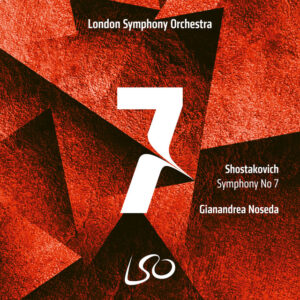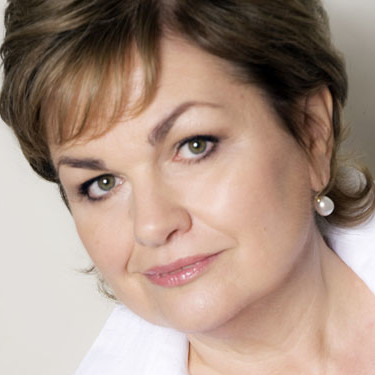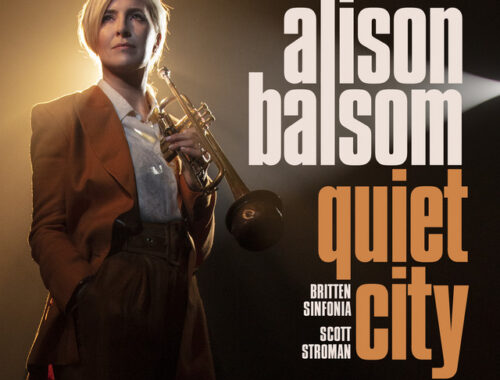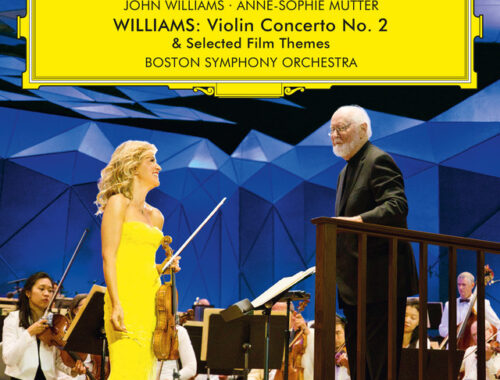GRAMOPHONE Review: Shostakovich Symphony No. 7 ‘Leningrad – LSO/Noseda
 There is much to commend in Noseda’s account of this most extraordinary symphony – and I speak as one whose recent and exhaustive explorations of it on BBC Radio 3 have only served to intensify my admiration. The risky and much maligned first movement with its facile ‘invasion theme’ and Boléro-like crescendo of menace is surely the most daring evocation of mindlessness married to irresistible force in the entire symphonic repertoire. The irony of it is crushing.
There is much to commend in Noseda’s account of this most extraordinary symphony – and I speak as one whose recent and exhaustive explorations of it on BBC Radio 3 have only served to intensify my admiration. The risky and much maligned first movement with its facile ‘invasion theme’ and Boléro-like crescendo of menace is surely the most daring evocation of mindlessness married to irresistible force in the entire symphonic repertoire. The irony of it is crushing.
I love the way Noseda makes the tune so remote in the beginning that it’s truly as if someone is whistling a happy tune over in the next valley. Only when muted trumpets and trombones take it up in one of the early repetitions does it begin to sound uncomfortably sinister. And it is emphatically a march in Noseda’s account – a march morphing into a full-blown invasion. The now familiar immediacy of this LSO LIVE source makes for really punchy percussion throughout this extensive episode (the first tambourine entry is truly a sucker-punch) and when all the extra brass weighs at the jarring key change it is unapologetically ‘in your face’. But we would expect high-octane dramatics from the LSO. What is more memorable here are some of the many inward moments: the lachrymose bassoon, for instance, infusing the return of the hopeful second subject with ineffable sorrow.
The inner movements, sandwiched as they are between so much unforgiving shock and awe, fare best in the hands of seasoned Mahlerians. Noseda is one. He is hardly poco allegretto in the second movement – his minuet is breezier than that – but the entry of a pained oboe immediately accentuates its shadowy tone. The sour militarism of the trio is almost cartoon-like while the return of the minuet in bass clarinet against harp and flutter-tonguing flutes could be straight out of the first nachtmusik of Mahler’s Seventh Symphony.
As for the slow movement with its plangent wind chorale (a blast of Stravinskian neo-classicism to be sure), Noseda cherishes as I do the chorale’s return in the strings towards the end of the movement and it is that moment above all which demonstrates how well he ‘gets’ this piece.
The inexorable finale builds well enough towards its hopeful apotheosis (the underlying Passacaglia is felt as well as heard) but I do wish Noseda had resisted pressing forward the final pages in the way that he and some others do. To me it always implies an apology for what might be considered by some to be grandstanding. The return of the opening theme in the trombones is not just triumphant but defiant. The courage of the piece lies with its unapologetic directness. Treat your yourself to Leonard Bernstein’s now legendary Chicago Symphony account on DG.
You May Also Like

A Conversation With SUSAN BULLOCK
02/09/2010
GRAMOPHONE Review: QUIET CITY – Balsom, Britten Sinfonia/Stroman
31/10/2022

